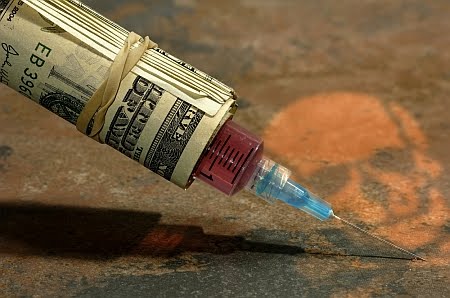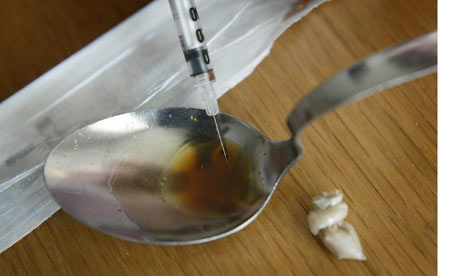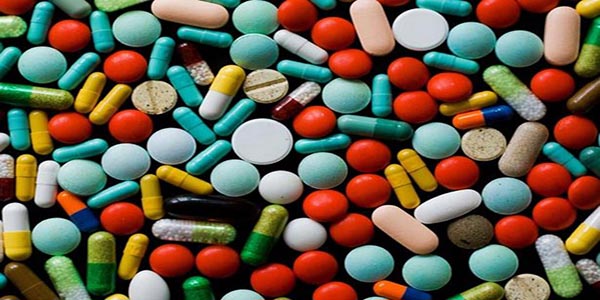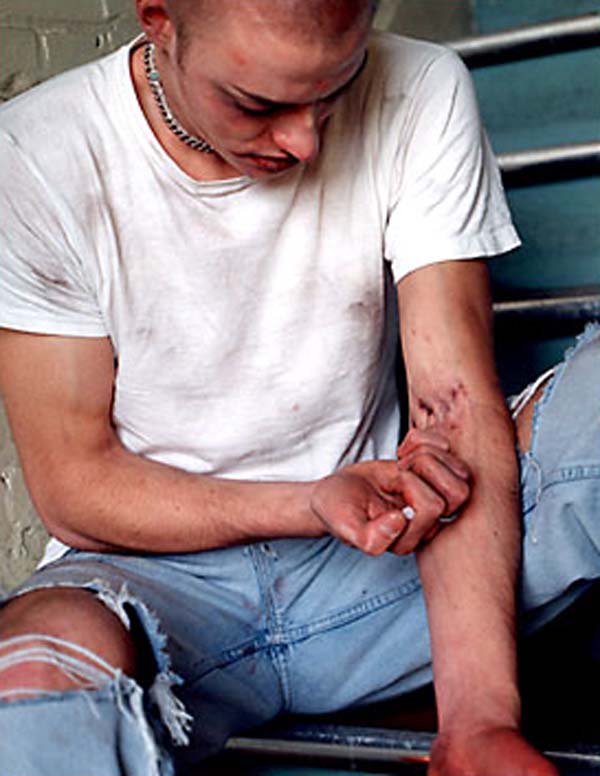Many people have a stereotypical image of a heroin addict. They picture men or women injecting liquid heroin into their ...
Addiction takes no prisoners, and those affected often suffer greatly as it takes hold of their lives. Long-term heroin ...
A Belfast man who sold heroin to undercover police officers has been spared jail, given a three-year probationary senten...
A few weeks ago, we reported on a new drug being used to combat heroin overdose in the United States. The drug, which wa...
The NHS has broken controversial new ground by embarking on a test programme offering financial incentives to combat her...
The Mail on Sunday has revealed that thousands of drug addicts have spent a decade addicted to a heroin substitute provi...
What are the most addictive drugs in the world? Meth? Heroin? Addictive and dangerous no doubt, but not the most addicti...
It was touching and inspirational to see Pearl Lowe talk about her eight years of sobriety in The Telegraph this mon...
This could be a disaster just waiting to happen - former child-star Macauley Culkin has moved in with singer, actor and ...
Proposed plans were revealed yesterday for Brighton to become the first British city to offer an environment where drug ...








